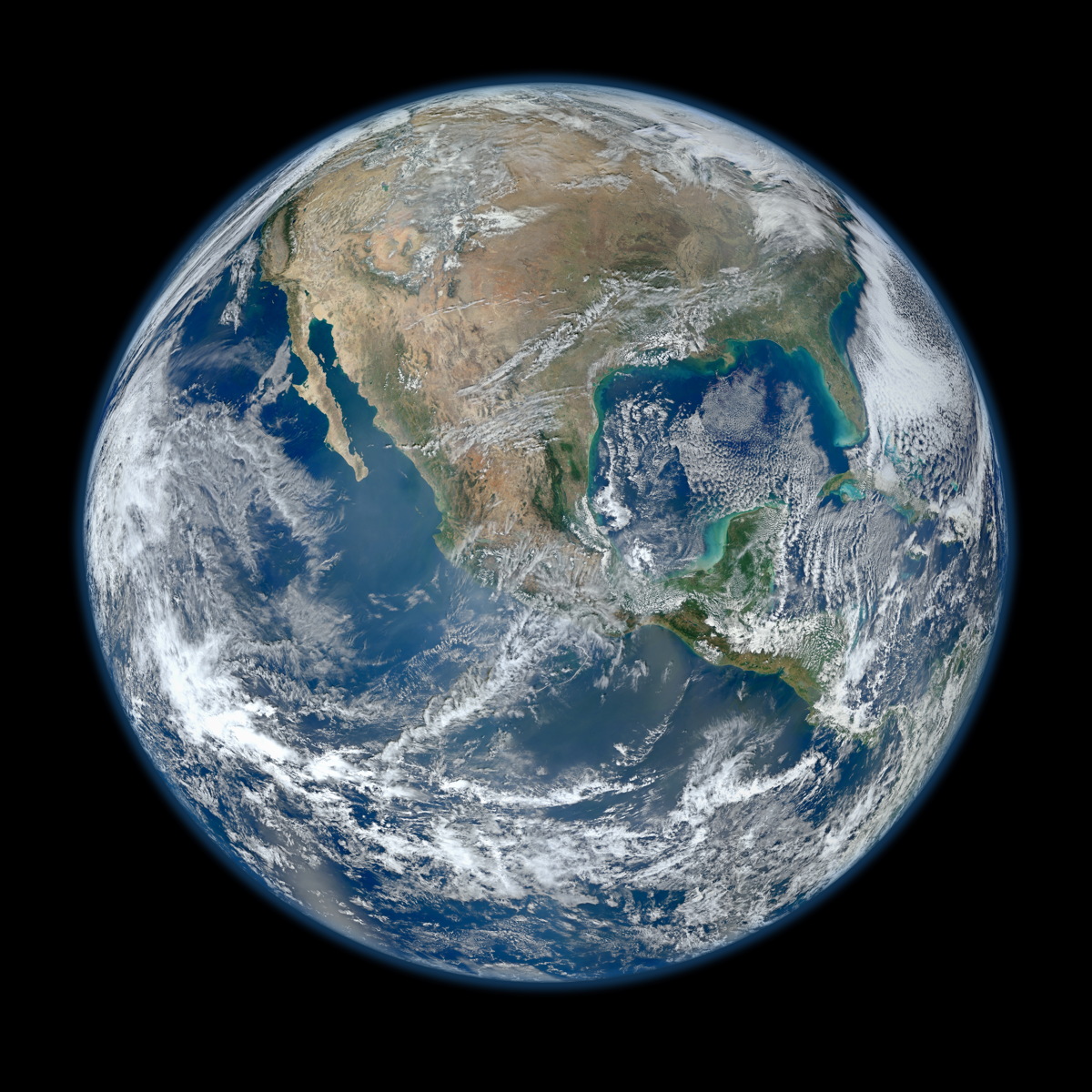
Polar vortexes, snow-covered streets and highways aside, some good news looming as we begin the month of February: the halfway point of winter is upon us in the Northern Hemisphere.
For much of the country, it came on Super Bowl Sunday. If you live in the Eastern Time Zone, however, it was deferred to Monday. Sunday was also Candlemas, once regarded as the first of the four "cross-quarter" days of the year or the middle of the winter season, halfway between the December solstice and the March equinox.
For easterners, winter's midpoint occurred on Monday at 12:04 a.m. EST. For those living farther to the west, the midpoint occurred before midnight on Sunday: 11:04 p.m. CST for Chicago, 10:04 p.m. MST in Denver and 9:04 p.m. PST in Seattle. Although the altitude of the sun has been slowly climbing, and the length of daylight has been increasing since the winter solstice on Dec. 21, any changes up to this point have been relatively subtle. [Amazing Photos of the Sun from Space]
For example, on the first day of winter at Burlington, Vt., sunset occurred at 4:16 p.m. and the length of daylight (from sunrise to sunset) reached a minimum of 8 hours and 51 minutes. On Monday, the sun set at 5:05 p.m. with only 66 additional minutes of daylight having accumulated since Dec. 21.
But as an old and true New England proverb notes: "As the days lengthen, the cold strengthens." And as most people who live in the United States, southern Canada and much of Europe will attest this particular winter season, the thermometer appears to be reluctant to respond to the increasing solar altitude. Indeed, that extra hour of daylight is not enough to give us any sense of warmth; while the days have gradually become longer, the bitterness of winter with its attendant ice and snow seems to have become even more prolific.
And northerners take heart, for it’s in the second half of winter that the effects of the northward shift of the sun’s direct rays start becoming much more noticeable. In fact, by March 20 — the date of the vernal equinox — the length of daylight in Burlington will have increased by 132 minutes since Feb. 3. And because daylight saving time begins on March 9 this year, by March 20, the sun will be setting after 7 p.m. (7:05 p.m. to be exact).
Interestingly, for many northern locales, long-term records indicate the first four days of February are the coldest of the winter. But average daily temperatures rise rapidly thereafter, so that by the last week of the month they are higher than any day in January. Meteorologists, in fact, consider that the winter season to be over at the end of February; they consider "meteorological winter" to be defined by the three coldest months of the year: December, January and February.
Get the Space.com Newsletter
Breaking space news, the latest updates on rocket launches, skywatching events and more!
So for all those winter weary souls, take heart: In the days and weeks to come, you'll more readily be able to sense the greater amounts of daily light and see the more northerly position of the afternoon sunsets on the horizon. And soon the weather will correspondingly respond as well.
Thus, while the halfway point of winter has come, keep in mind that we're also about to turn the corner so to speak, both astronomically and meteorologically. And regardless of what your local groundhog or woodchuck said early on Sunday morning, spring is well on its way.
Joe Rao serves as an instructor and guest lecturer at New York's Hayden Planetarium. He writes about astronomy for Natural History magazine, the Farmer's Almanac and other publications, and he is also an on-camera meteorologist for News 12 Westchester, N.Y. Follow us @Spacedotcom, Facebook and Google+. Original article on Space.com.
Join our Space Forums to keep talking space on the latest missions, night sky and more! And if you have a news tip, correction or comment, let us know at: community@space.com.

Joe Rao is Space.com's skywatching columnist, as well as a veteran meteorologist and eclipse chaser who also serves as an instructor and guest lecturer at New York's Hayden Planetarium. He writes about astronomy for Natural History magazine, the Farmers' Almanac and other publications. Joe is an 8-time Emmy-nominated meteorologist who served the Putnam Valley region of New York for over 21 years. You can find him on Twitter and YouTube tracking lunar and solar eclipses, meteor showers and more. To find out Joe's latest project, visit him on Twitter.
Most Popular

